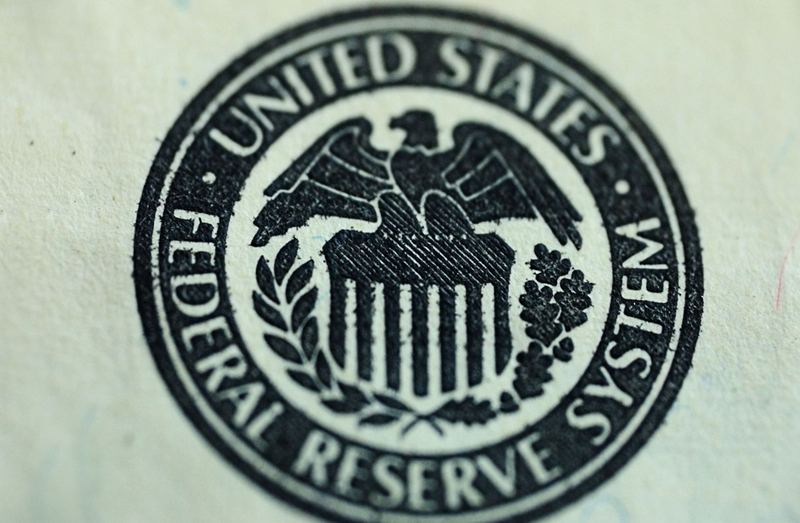
Stephen Williamson, an economist at the Federal Reserve Bank of St. Louis, joined critics of the US central bank last week by conceding there is no proof that massive intervention in the credit markets such as the Feds quantitative easing program has worked.
There appears to be no evidence that QE works either to increase inflation, if we look at the Japanese case, or to increase real GDP if we compare Canada with the US, Williamson said in an analysis on the banks website. Evaluating the effects of monetary policy is difficult, even in the case of conventional interest rate policy, he added. With unconventional monetary policy, the difficulty is magnified, as the economic theory can be lacking, and there is a small amount of data available for empirical evaluation. With respect to QE, there are good reasons to be skeptical that it works as advertised, and some economists have made a good case that QE is actually detrimental.
One can look at QE as an asset transformation by the Fed, he suggested. For example, the central bank turns long maturity government debt into short maturity reserves. But that raises two issues.
First, the fiscal authority [i.e. the Treasury] could have done the same thing by issuing less long-maturity debt and more short-maturity government debt, the economist pointed out. So, is the case for QE that the central bank is somehow better at debt management than the fiscal authority?
If thats true, then the Fed should have the power to manage the maturity structure of outstanding debt.
Second, perhaps the private sector can do a better job than the central bank in turning long-maturity debt into short-maturity debt, suggested Williamson. If so, then maybe the Fed should be able to issue a richer set of liabilities circulating debt similar to Treasury bills for example, which would be superior as an asset to bank reserves, he added.
The post Even a Central Banker Admits: No Proof Fed’s Massive Intervention Succeeded appeared first on Goldco.
No comments:
Post a Comment